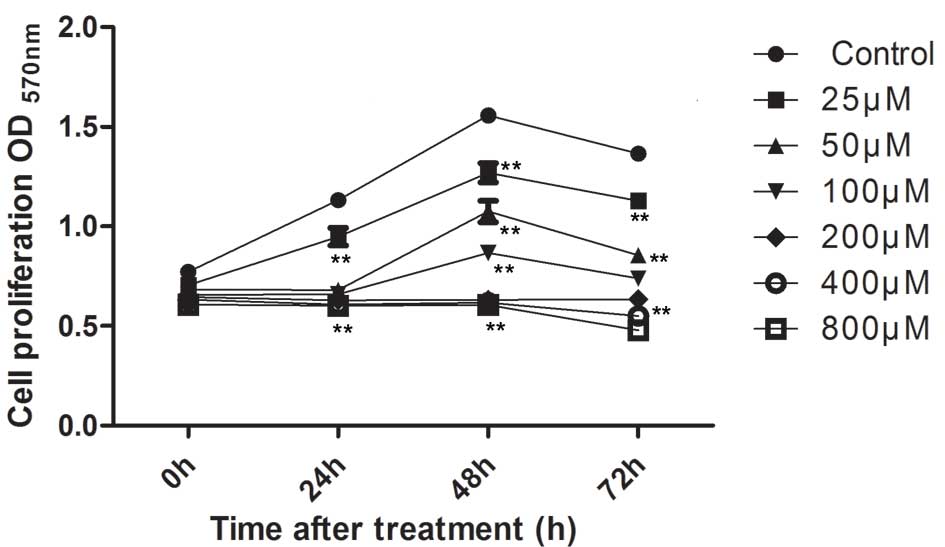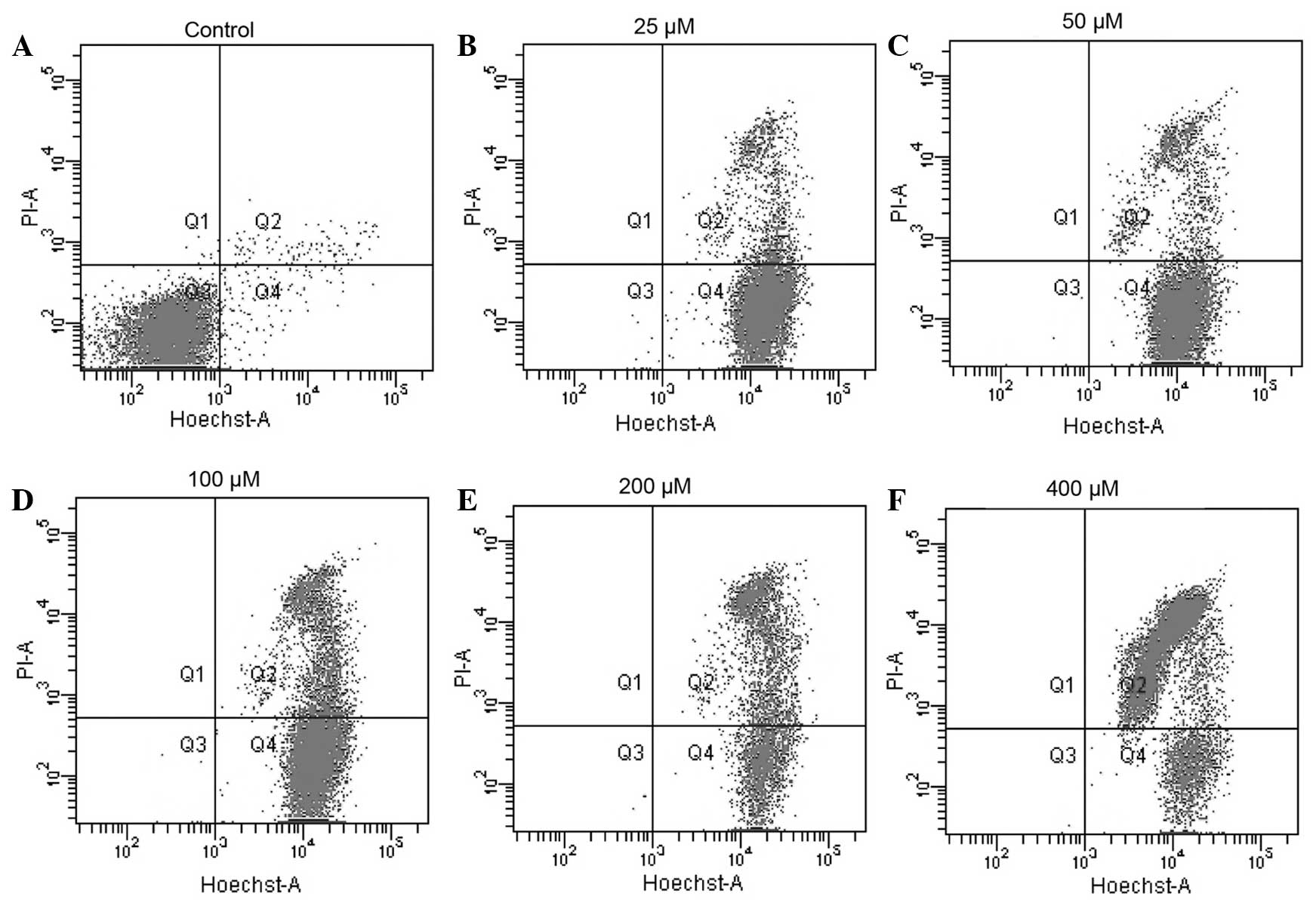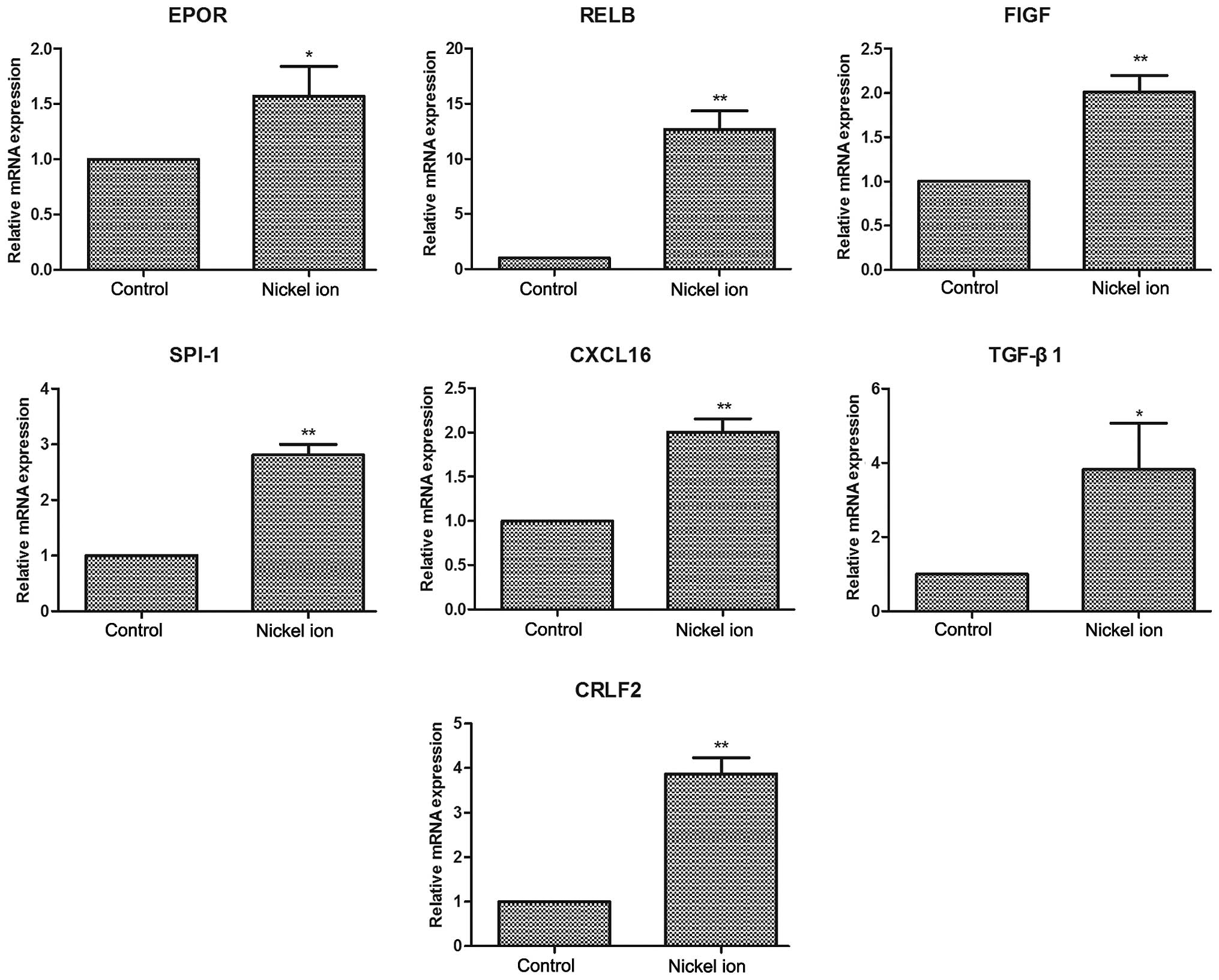|
1
|
Stan MN, Ammash NM, Warnes CA, Brennan MD,
Thapa P, et al: Body mass index and the development of
amiodarone-induced thyrotoxicosis in adults with congenital heart
disease - a cohort study. Int J Cardiol. 167:821–826. 2013.
View Article : Google Scholar
|
|
2
|
Schranz D and Michel-Behnke I: Advances in
interventional and hybrid therapy in neonatal congenital heart
disease. Semin Fetal Neonatal Med. 18:311–321. 2013. View Article : Google Scholar : PubMed/NCBI
|
|
3
|
Mori Y, Takahashi K and Nakanishi T:
Complications of cardiac catheterization in adults and children
with congenital heart disease in the current era. Heart Vessels.
28:352–359. 2013. View Article : Google Scholar
|
|
4
|
Dancea A, Justino H and Martucci G:
Catheter intervention for congenital heart disease at risk of
circulatory failure. Can J Cardiol. 29:786–795. 2013. View Article : Google Scholar : PubMed/NCBI
|
|
5
|
Braga M, Quecchia C, Perotta C, Timpini A,
Maccarinelli K, et al: Systemic nickel allergy syndrome: Nosologic
framework and usefulness of diet regimen for diagnosis. Int J
Immunopathol Pharmacol. 26:707–716. 2013.PubMed/NCBI
|
|
6
|
Sutton NJ, Greenberg MA, Menegus MA, Lui G
and Pass RH: Caring for the adult with congenital heart disease in
an adult catheterization laboratory by pediatric interventionalists
- safety and efficacy. Congenit Heart Dis. 8:111–116. 2013.
View Article : Google Scholar
|
|
7
|
Karaś Z and Bładek J: Nickel in the
environment and morbid symptoms. Przegl Lek. 61(Suppl 3): 55–57.
2004.In Polish.
|
|
8
|
Sunderman FW Jr, Dingle B, Hopfer SM and
Swift T: Acute nickel toxicity in electroplating workers who
accidently ingested a solution of nickel sulfate and nickel
chloride. Am J Ind Med. 14:257–266. 1988. View Article : Google Scholar : PubMed/NCBI
|
|
9
|
Lavin Y and Merad M: Macrophages:
Gatekeepers of tissue integrity. Cancer Immunol Res. 1:201–209.
2013. View Article : Google Scholar
|
|
10
|
Röstlund T, Thomsen P, Bjursten LM and
Ericson LE: Difference in tissue response to nitrogen-ion-implanted
titanium and c.p. titanium in the abdominal wall of the rat. J
Biomed Mater Res. 24:847–860. 1990. View Article : Google Scholar : PubMed/NCBI
|
|
11
|
Kim Y, Wang X, Zhang XS, Grigoriu S, Page
R, et al: Escherichia coli toxin/antitoxin pair MqsR/MqsA regulate
toxin CspD. Environ Microbiol. 12:1105–1121. 2010. View Article : Google Scholar : PubMed/NCBI
|
|
12
|
Hou YP, Gu JY, Shao YF, Song YF, Jing YH,
et al: The characteristics of placental transfer and tissue
concentrations of nickel in late gestational rats and fetuses.
Placenta. 32:277–282. 2011. View Article : Google Scholar : PubMed/NCBI
|
|
13
|
Ries MW, Kampmann C, Rupprecht HJ,
Hintereder G, Hafner G and Mayer J: Nickel release after
implantation of the Amplatzer occluder. Am Heart J. 145:737–741.
2003. View Article : Google Scholar : PubMed/NCBI
|
|
14
|
Chuang HC, Hsueh TW, Chang CC, Hwang JS,
Chuang KJ, et al: Nickel-regulated heart rate variability: The
roles of oxidative stress and inflammation. Toxicol Appl Pharmacol.
266:298–306. 2013. View Article : Google Scholar
|
|
15
|
Creutzenberg O: Biological interactions
and toxicity of nanoma-terials in the respiratory tract and various
approaches of aerosol generation for toxicity testing. Arch
Toxicol. 86:1117–1122. 2012. View Article : Google Scholar : PubMed/NCBI
|
|
16
|
Wertman B, Azarbal B, Riedl M and Tobis J:
Adverse events associated with nickel allergy in patients
undergoing percu-taneous atrial septal defect or patent foramen
ovale closure. J Am Coll Cardiol. 47:1226–1227. 2006. View Article : Google Scholar : PubMed/NCBI
|
|
17
|
Essafi-Benkhadir K, Refai A, Riahi I,
Fattouch S, Karoui H and Essafi M: Quince (Cydonia oblonga Miller)
peel polyphenols modulate LPS-induced inflammation in human
THP-1-derived macrophages through NF-κB, p38MAPK and Akt
inhibition. Biochem Biophys Res Commun. 418:180–185. 2012.
View Article : Google Scholar : PubMed/NCBI
|
|
18
|
Azakie A, Fineman J and He Y: Differential
responses of the right ventricle to abnormal loading conditions in
vivo: Possible pathophysiologic mechanisms. J Thorac Cardiovasc
Surg. 145:1335–1344. 2013. View Article : Google Scholar : PubMed/NCBI
|
|
19
|
Qin C, Zhou S, Xiao Y and Chen L:
Erythropoietin enhances mitochondrial biogenesis in cardiomyocytes
exposed to chronic hypoxia through Akt/eNOS signalling pathway.
Cell Biol Int. 38:335–342. 2014. View Article : Google Scholar : PubMed/NCBI
|
|
20
|
Yi X, Li X, Zhou Y, Ren S, Wan W, Feng G
and Jiang X: Hepatocyte growth factor regulates the TGF-β1-induced
proliferation, differentiation and secretory function of cardiac
fibroblasts. Int J Mol Med. 34:381–390. 2014.PubMed/NCBI
|
|
21
|
Yamashita Y, Shimada A, Yamada T, et al:
IKZF1 and CRLF2 gene alterations correlate with poor prognosis in
Japanese BCR-ABL1-negative high-risk B-cell precursor acute
lympho-blastic leukemia. Pediatr Blood Cancer. 60:1587–1592. 2013.
View Article : Google Scholar : PubMed/NCBI
|
|
22
|
Rocchigiani M, Lestingi M, Luddi A,
Orlandini M, Franco B, et al: Human FIGF: Cloning, gene structure
and mapping to chromosome Xp22.1 between the PIGA and the GRPR
genes. Genomics. 47:207–216. 1998. View Article : Google Scholar : PubMed/NCBI
|
|
23
|
Avantaggiato V, Orlandini M, Acampora D,
Oliviero S and Simeone A: Embryonic expression pattern of the
murine figf gene, a growth factor belonging to platelet-derived
growth factor/vascular endothelial growth factor family. Mech Dev.
73:221–224. 1998. View Article : Google Scholar : PubMed/NCBI
|
|
24
|
Mitsuhashi N, Wu GD, Zhu H, Kearns-Jonker
M, Cramer DV, et al: Rat chemokine CXCL11: Structure, tissue
distribution, function and expression in cardiac transplantation
models. Mol Cell Biochem. 296:1–9. 2007. View Article : Google Scholar : PubMed/NCBI
|












